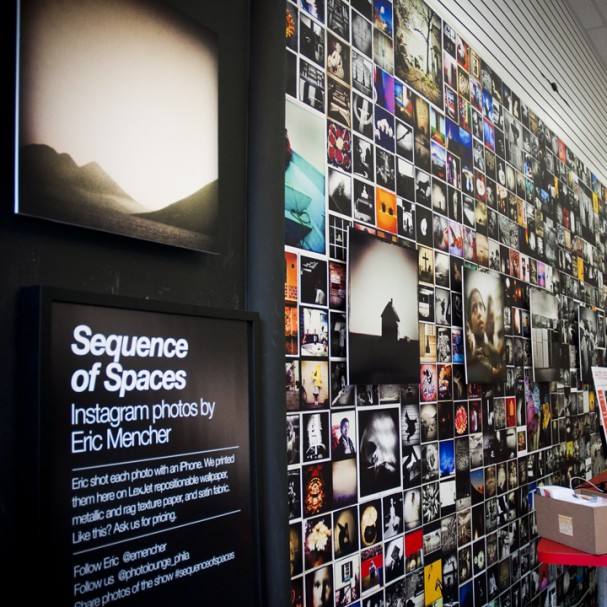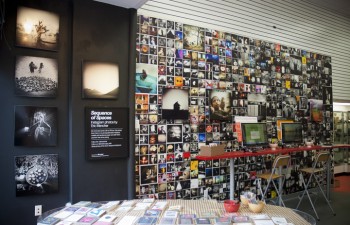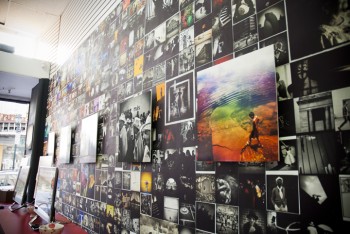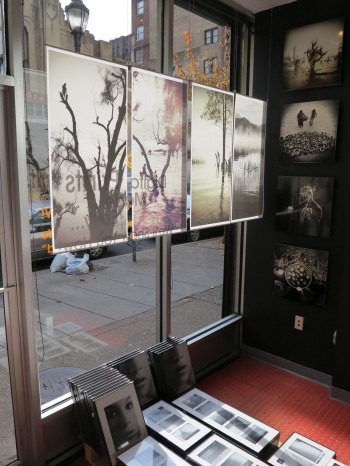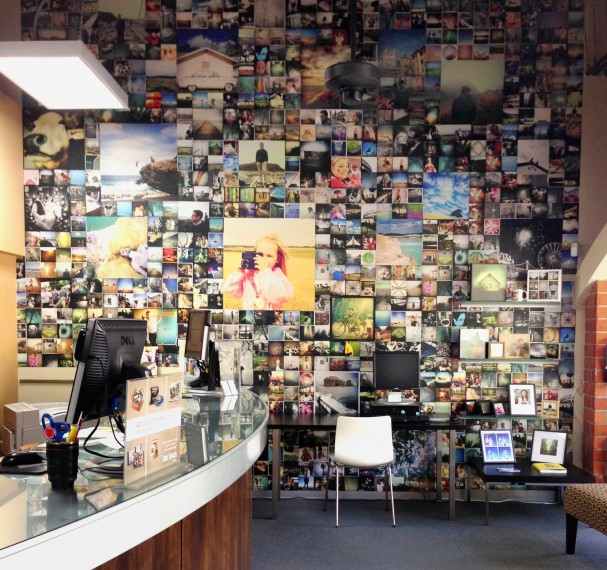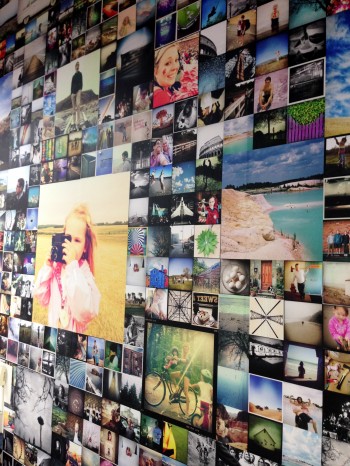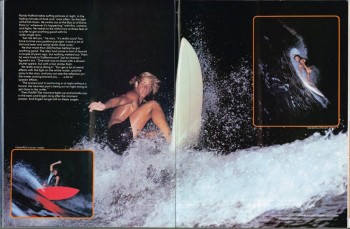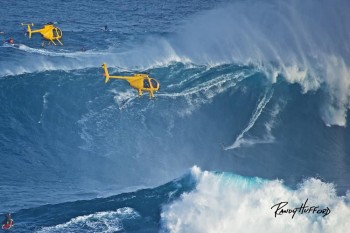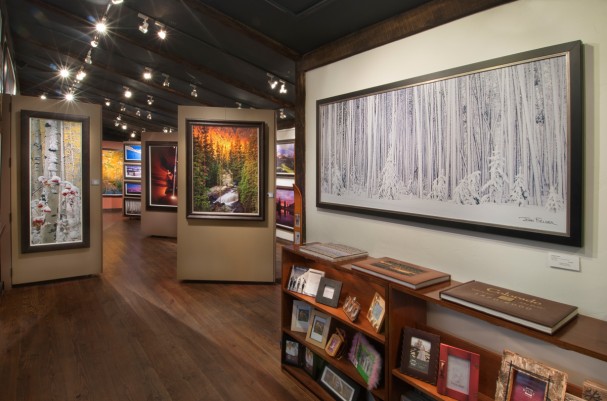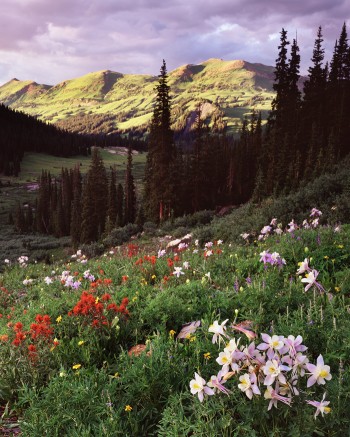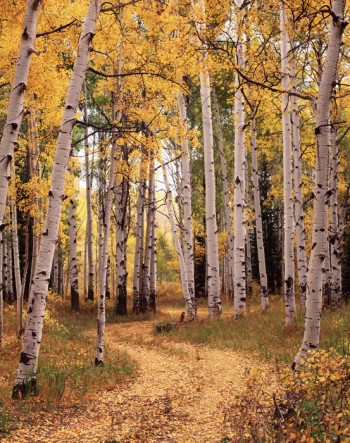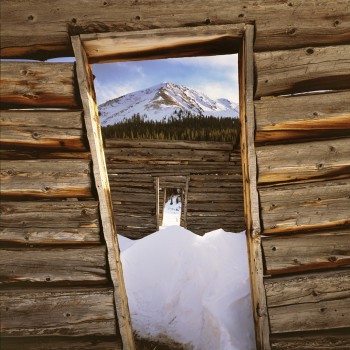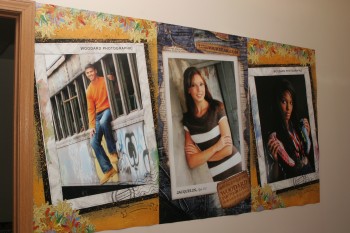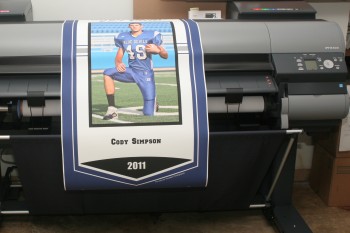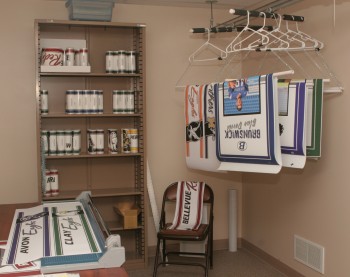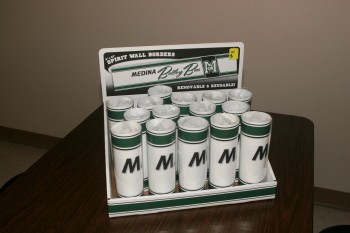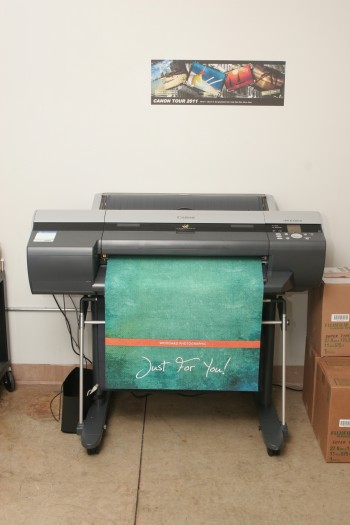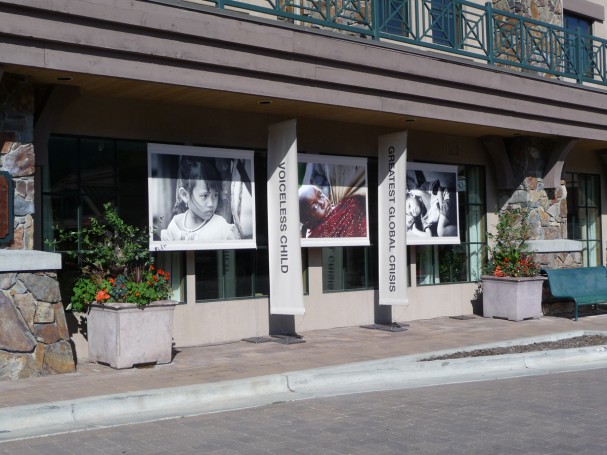
Is canvas printing a fad? It’s certainly a growing and profitable segment of the print market, and if it’s a fad, it’s one that should continue for years to come, which means it’s probably not just a fad.
According to InfoTrends, a printing industry research firm, printed canvas is expected to grow from about 500 million square feet in 2013 to 860 million square feet in 2018 for a five-year CAGR (compound annual growth rate) of 11.6%.
InfoTrends also reports that canvas represents about 12 percent of the total online photo printing market in the U.S., and that social media sites, like Instagram, have actually helped fuel growth in this market. After all, while it’s nice to share photos with your friends on a computer screen, many consumers still desire something distinctive outside of cyberspace they can hang up on the wall.
That’s healthy growth and represents a lot of opportunity in various market segments, including: limited-edition art reproductions, consumer photography, home and corporate décor, hospitality, hospitals, restaurants and bars, and just about anyone or any organization looking to spice up their spaces with the unique canvas look.
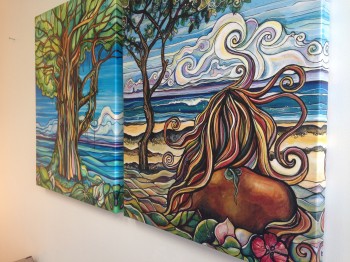
For print shops, sign companies, commercial printers, photo labs, photographers and fine art reproduction companies the big questions are about utilizing the best production methods, choosing the right materials and finding the best ways to finish canvas based on their market, both as it stands now and where they want to be in a year, two years and beyond.
Materials and Textures
There are quite a few characteristics to take into consideration regarding inkjet canvas currently available on the market: base material, weave, weight finish and optical brighteners (OBAs). All of these characteristics, both by themselves and combined, factor into which canvas is chosen for a given project.
Choosing the “right” canvas is mostly subjective since different people like different looks. Some may like a more textured surface, while others will prefer a smoother surface, for instance. It may also depend on the lighting situation where the canvas is being displayed.
When you’re discussing a canvas print project with a client, make sure you understand their expectations and be cognizant of the environment in which the canvas will be displayed. All of these factors, including budget, will help determine the right canvas for the project. First, let’s look at the base materials, starting with the most common, polyester/cotton blends.
Poly/Cotton Blends: Traditionally, artist canvases were made of linen or cotton. Poly/cotton blends seek to split the difference between the aesthetic qualities of cotton with the consistency polyester provides. Most of these blends are 60/40 in favor of polyester since the polyester helps ensure that the canvas is consistent in the manufacturing process, and thus prints consistently from roll to roll and lot to lot. No one likes surprises, and a poly/cotton blend ensures that first print will look the same as the 50th print.
Polyester: Typically used for higher-volume projects because it’s less expensive, polyester canvas is smoother than poly/cotton blends or 100% cotton canvas. It’s often used for décor applications, decorative signage and even banners and wallcoverings. Some like the smoother surface for photography reproductions where texture may detract from the image, while artists prefer the texture of a more traditional-looking canvas. While the tactile and aesthetic qualities of canvas – base material, texture and finish – are mostly based on what a given client likes, the economics of production may dictate its use.
Cotton: 100% cotton canvases tend to have the most texture and personality, which is what most people think of when they envision art canvas. But because they are made up of 100% natural fibers, there are more likely to be variations in whiteness, weave and texture from lot to lot. To some printmakers, this variability in the color and look of their prints is an advantage because it gives each print a very original look. That’s great for a custom, one-of-a-kind print, but may not be so great for projects that require consistency from print to print, even shorter-run limited edition prints.
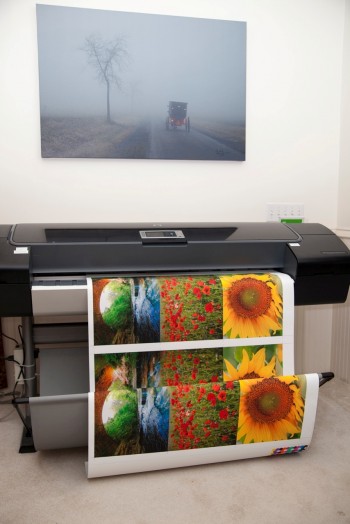
In addition to the base material, the texture of canvas is determined by the diameter of the threads used to create the canvas and how tightly the threads are woven. The tighter the weave, the less texture you’ll see in the finished canvas.
The ratio of threads on the loom running in the X and Y directions also affects the texture. A canvas with a 2-over-1 weave has more texture than a 1-over-1 weave since there are more loops per square centimeter.
A highly textured base canvas may lose some of its textured look if coatings are applied to change the finish or make it more water- and UV-resistant. Just be aware of this as you apply coatings; the more you apply will fill in the peaks and valleys of the material, altering the texture to a smoother finish.
Inkjet canvases typically range in weight from 16 oz. to 22 oz., though there are lighter and heavier canvases on the market. A heavier canvas will obviously be more durable during stretching and finishing and when it’s handled, but a thinner canvas will usually be more economical. Again, the client may prefer the aesthetics of a heavier-weight canvas or may not care either way.
Finishes: Matte, Satin and Gloss
The finish of a canvas – whether it’s matte, satin (luster) or gloss – is once again almost wholly dependent on what the client prefers, though the lighting environment will be a factor. However, there are certain qualities of each finish to keep in mind…
Matte: This finish is usually preferred for fine art and lighting situations where glare could be an issue. The “problem” with a matte finish is that it has a smaller color gamut. If there are a lot of bright colors that require greater accuracy, a satin or gloss finish may be best. However, adding a gloss coating to a matte canvas can help mitigate this restrained color gamut, and make the images pop more than if they weren’t coated. Still, many matte canvases have a good color gamut that will work well in most applications.
Satin: As the name implies, you’ll get a nice satiny sheen with this finish that is not as susceptible to glare, but expands the color gamut. You’ll typically choose this finish simply because the client likes the look of it.
Gloss: This is a great option for canvases designed for solvent or latex printers because you can print and skip the coating step, saving time and money in the process. For aqueous printers you have to be extra careful when you stretch as a gloss inkjet coating is more likely to crack. For artists who prefer a matte finish but are especially picky about hitting their colors as closely as possible, you can print to a gloss canvas and apply a matte coating.
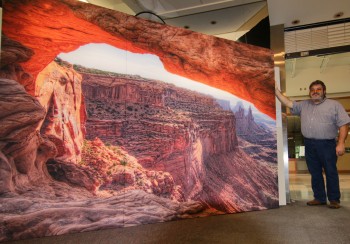
OBAs and Archivability
Optical brighteners, or OBAs, have been used in traditional photo papers since the 1950s and photographers have had a love-hate relationship with this additive ever since. While increasing the whiteness and thus the color pop of printed images, many are concerned that this decreases the archival qualities of the print.
Archival specifications are defined by various international institutions such as ISO, DIN, and the Library of Congress. Within the specifications, there are allowances for chemical additives to brighten and stabilize papers.
Many of the most popular fine art papers and canvas on the market today utilize optical brighteners to create consistent color base materials. These papers have been tested by various organizations, such as Rochester Institute of Technology, Wilhelm Imaging Research, and others, obtaining 100+ year ratings.
For a more thorough discussion of this topic, click here to read an article by Dr. Ray Work, To Brighten or Not to Brighten.
For the rest of this series, click on the following links:
Part 2: Printer Technologies for Canvas
Part 3: Latex, Solvent and UV-Curable Printing

